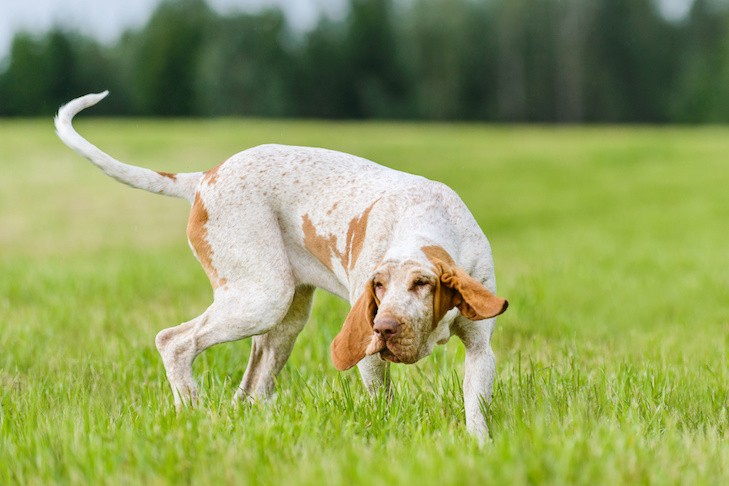Have you ever watched a dog chase a squirrel, their tail wagging furiously as they navigate sharp turns? Or perhaps you’ve noticed how your furry friend uses their tail to balance as they walk along a narrow curb. It’s a common question among dog lovers: Why Do Dogs Have Tails? More than just a cute appendage, a dog’s tail is a crucial part of their anatomy, serving a variety of important functions that contribute to their daily lives and well-being. From movement and balance to communication, the tail plays a surprisingly significant role in how dogs interact with the world.
Tails for Movement and Agility
Dogs are renowned for their agility and speed, and their tails play a key role in these abilities. When a dog is running and needs to change direction quickly, their tail acts as a counterweight, much like a rudder on a boat. As the front legs initiate a turn, the tail swings in the opposite direction, helping to shift the dog’s center of gravity and prevent them from losing balance or spinning out. This is particularly noticeable when dogs are engaged in fast-paced activities like chasing toys or playing with other dogs. The tail’s contribution to movement allows for sharper turns and more controlled maneuvers, enhancing their overall agility.
Balance and Stability
Beyond rapid movements, a dog’s tail is essential for maintaining balance in everyday situations. Think of a tightrope walker using a balance bar – a dog’s tail serves a similar purpose. When walking along narrow or uneven surfaces, such as logs, rocks, or even a garden wall, dogs use their tails to counterbalance their body weight. If a dog starts to tilt to one side, they will instinctively move their tail in the opposite direction to regain equilibrium. This is a subtle but constant function, helping dogs navigate varied terrains with confidence and prevent falls.
 Bracco Italiano dog uses its tail for balance and movement while running in a field, demonstrating canine agility.
Bracco Italiano dog uses its tail for balance and movement while running in a field, demonstrating canine agility.
Communication and Social Signals
One of the most recognized functions of a dog’s tail is communication. A wagging tail is often associated with happiness, and while this can be true, tail movements convey a much broader range of emotions and intentions. Dogs use their tails to communicate primarily with each other, but humans have also learned to interpret these signals. A high, wagging tail can indicate excitement or confidence, while a tail tucked low between the legs often signals fear or submission.
However, it’s crucial to remember that tail wagging isn’t always a sign of happiness. A stiff, rapid wag can indicate excitement but also agitation or warning. Furthermore, the tail plays a role in scent communication. Dogs have anal glands located beneath their tails, which release a unique scent. When a dog wags its tail, the muscles around these glands contract, dispersing their individual scent. This is why dominant dogs may hold their tails higher, broadcasting their presence, while submissive dogs often keep their tails lower to minimize their scent and appear less threatening. Interestingly, tail wagging for communication is a learned behavior, developing as puppies begin to interact with their littermates around 30-50 days old, learning to navigate social cues within their canine world.
Breed-Specific Tail Functions
While the core functions of balance, movement, and communication are universal, some dog breeds have developed tail features that serve specific purposes related to their historical roles and environments. For example, Northern breeds like Huskies and Malamutes often have thick, bushy tails that they can wrap around their faces to protect themselves from the cold in harsh climates. Sighthounds, such as Greyhounds and Whippets, are built for speed and possess whip-like tails that enhance their ability to make incredibly fast turns while racing. Water dogs, including Labrador Retrievers and Newfoundlands, typically have strong, rudder-like tails that assist them in swimming, providing extra propulsion and directional control in the water.
In conclusion, the tail is far more than just a decorative feature on a dog. It is a dynamic and versatile appendage that contributes significantly to their movement, balance, and communication. From navigating a quick turn during a chase to conveying subtle social signals, the tail is an integral part of a dog’s anatomy and behavior, playing a vital role in their interaction with both their physical and social environments.